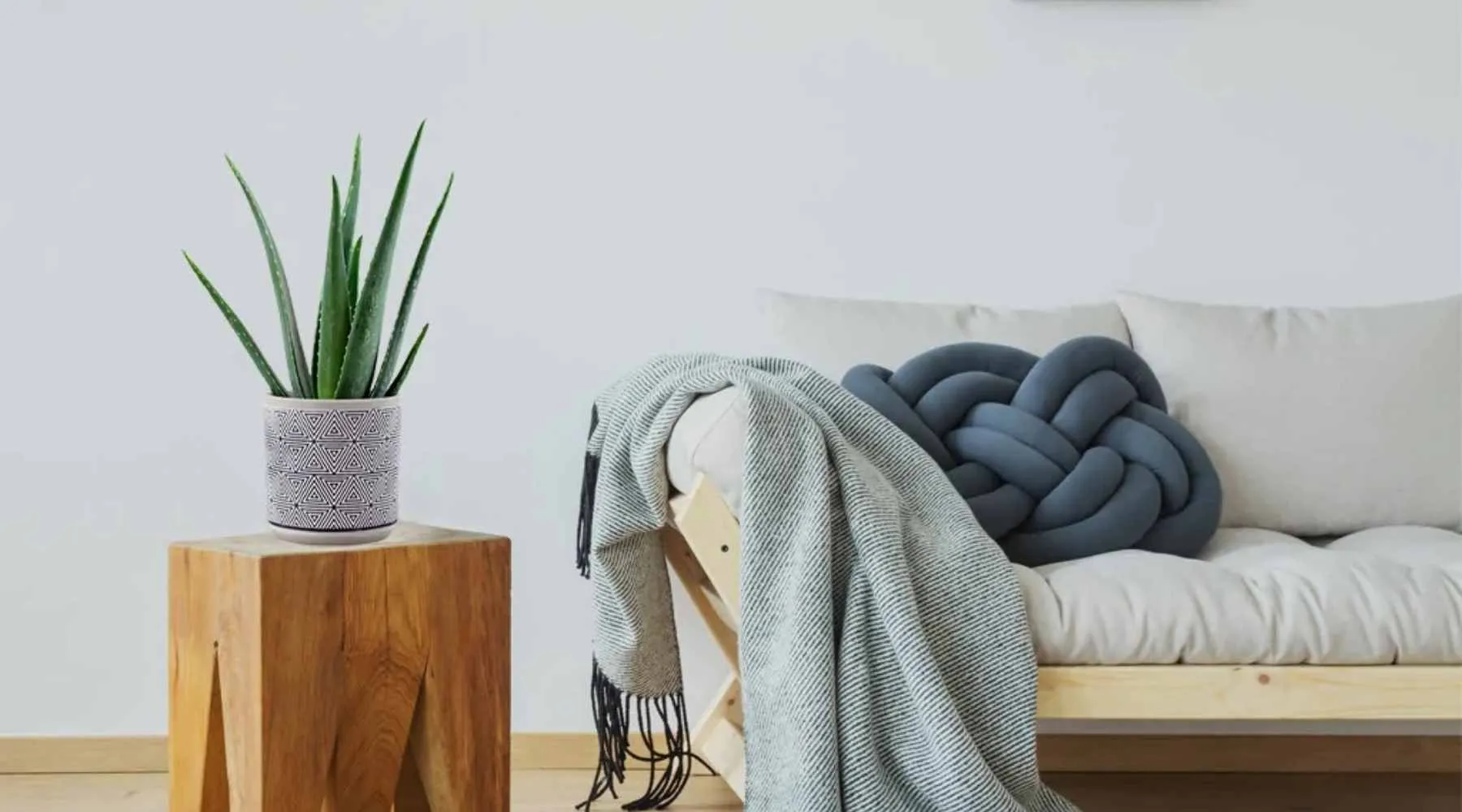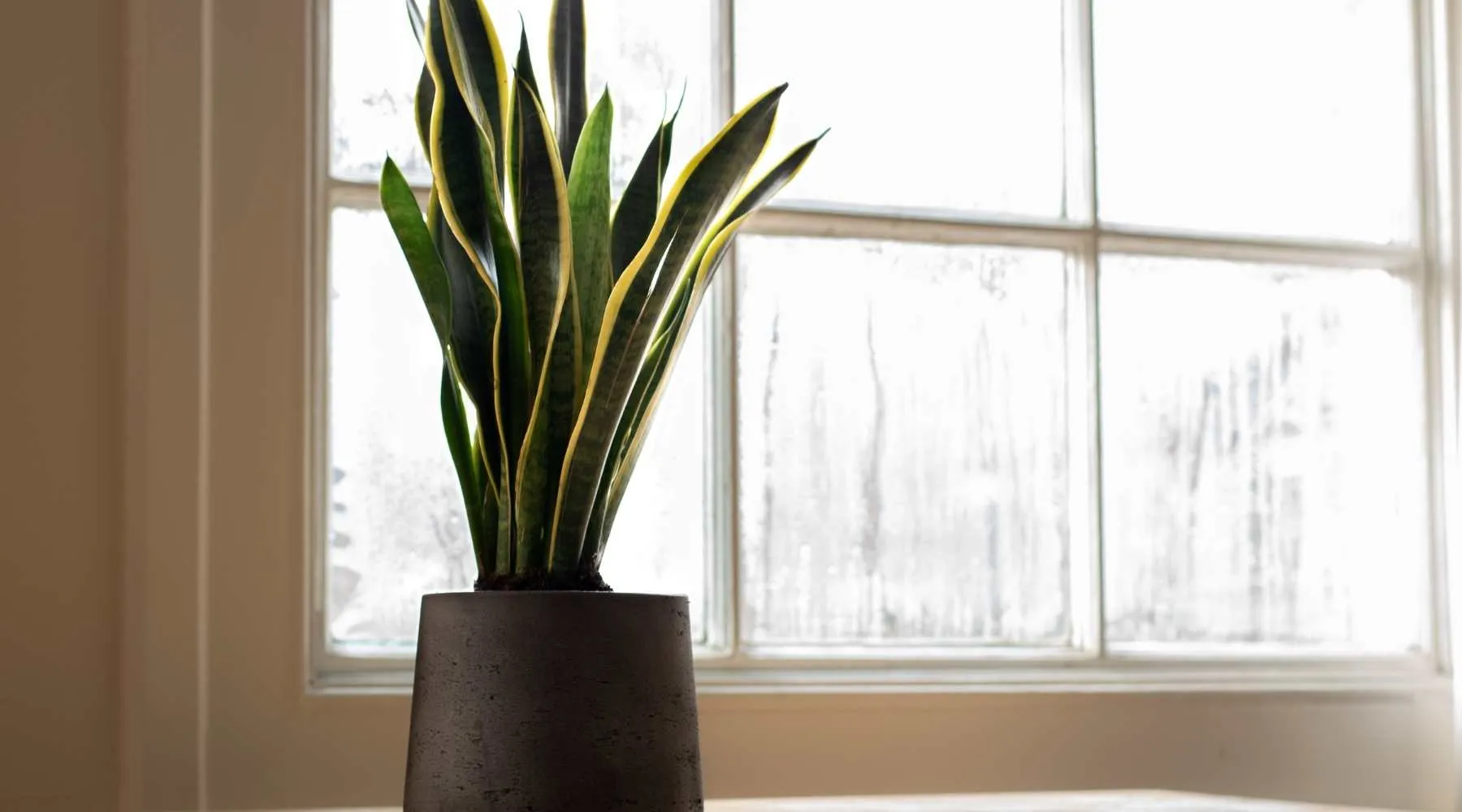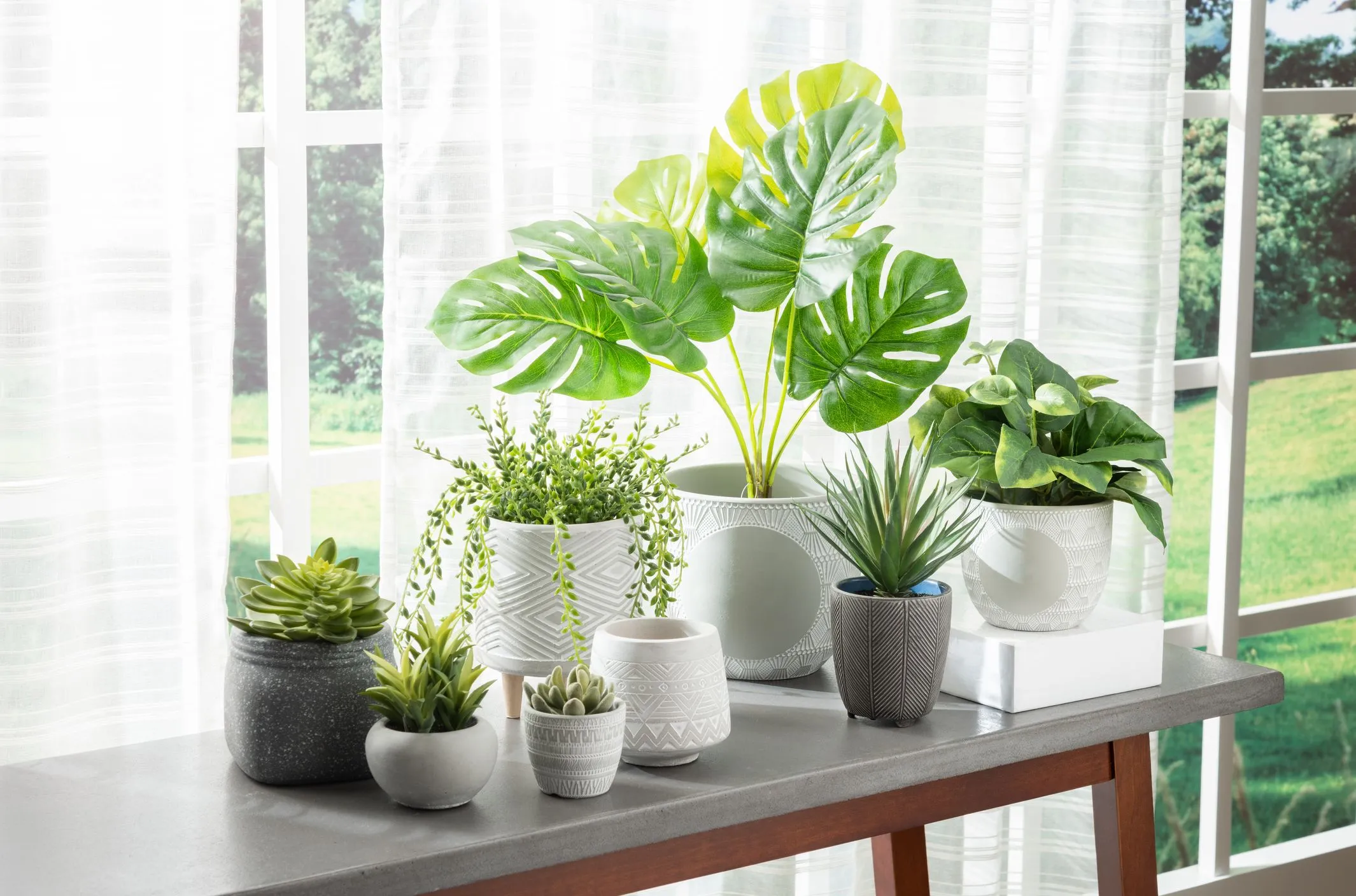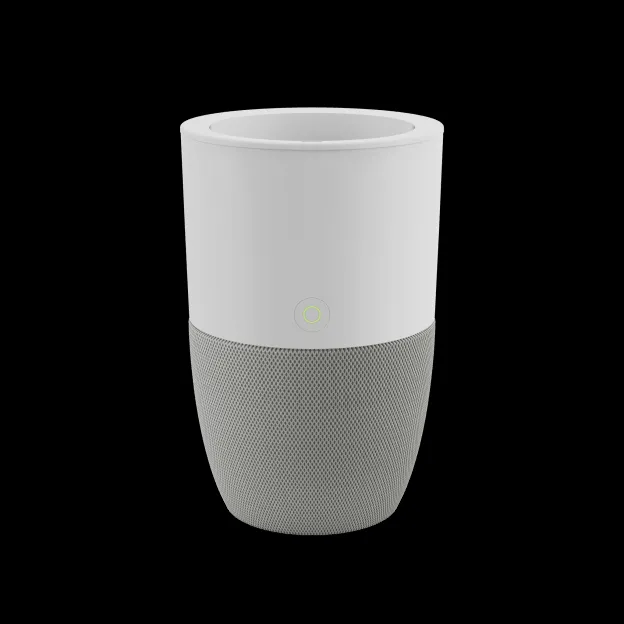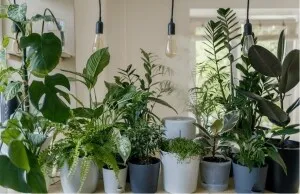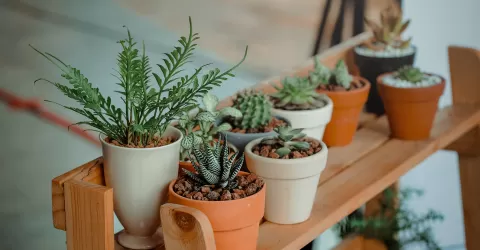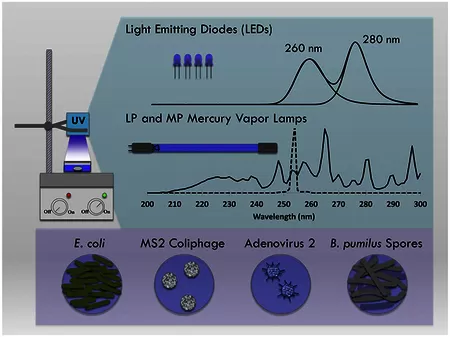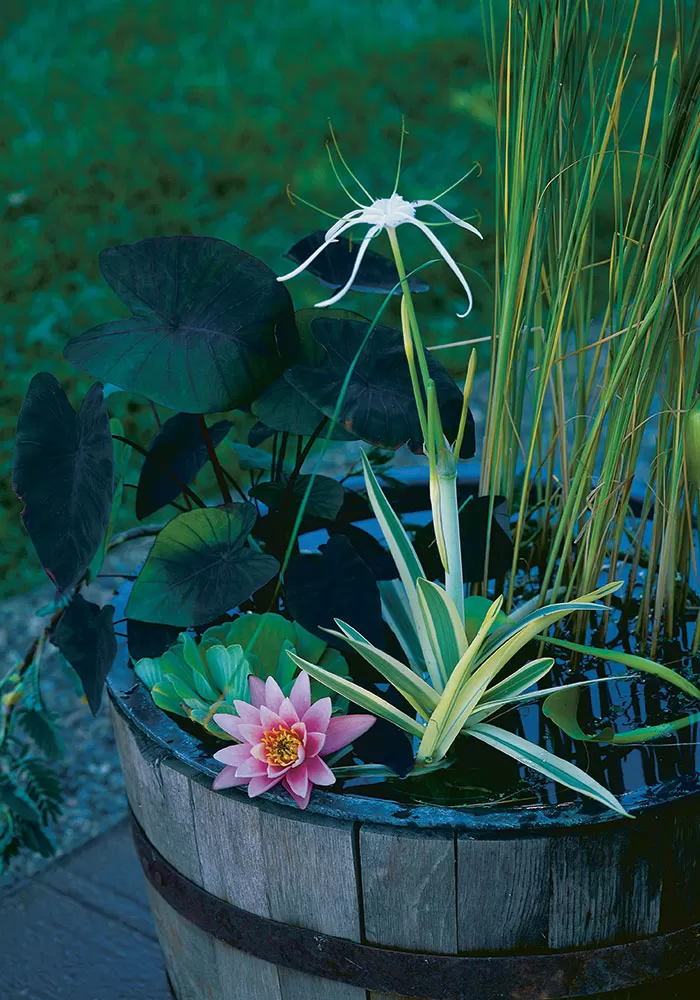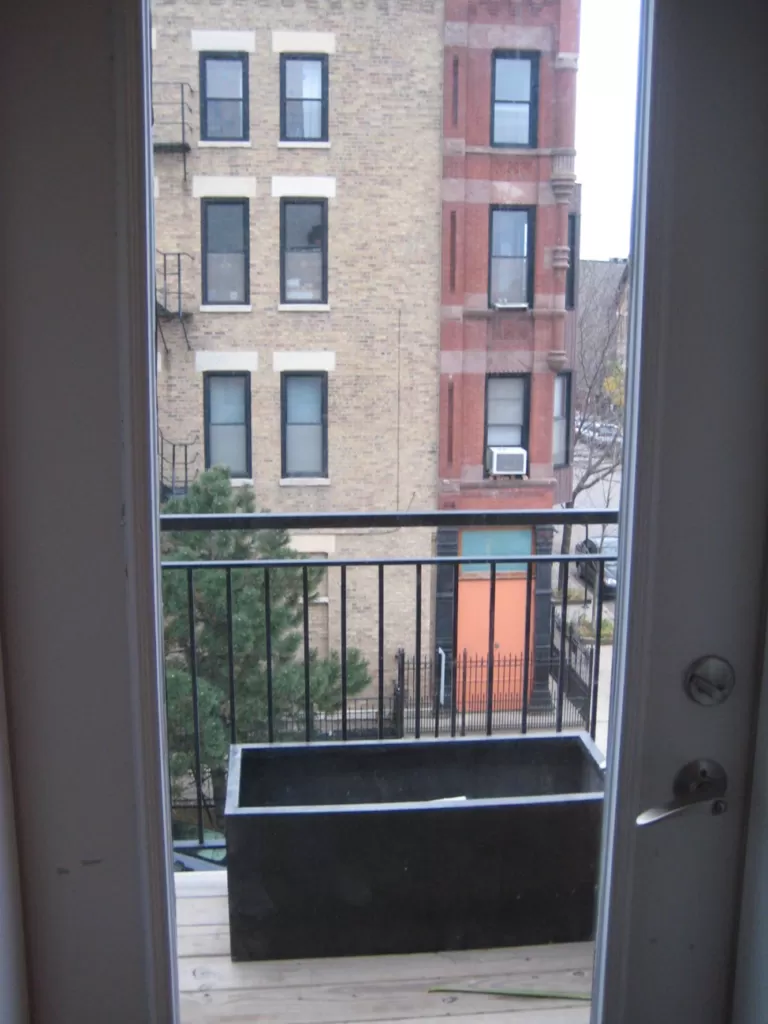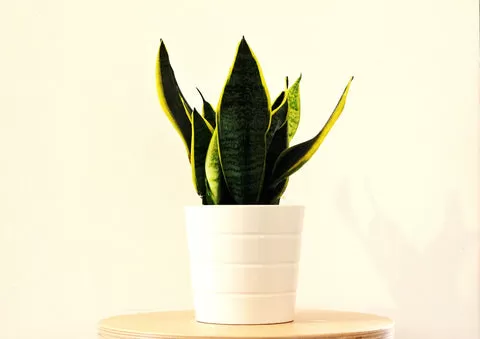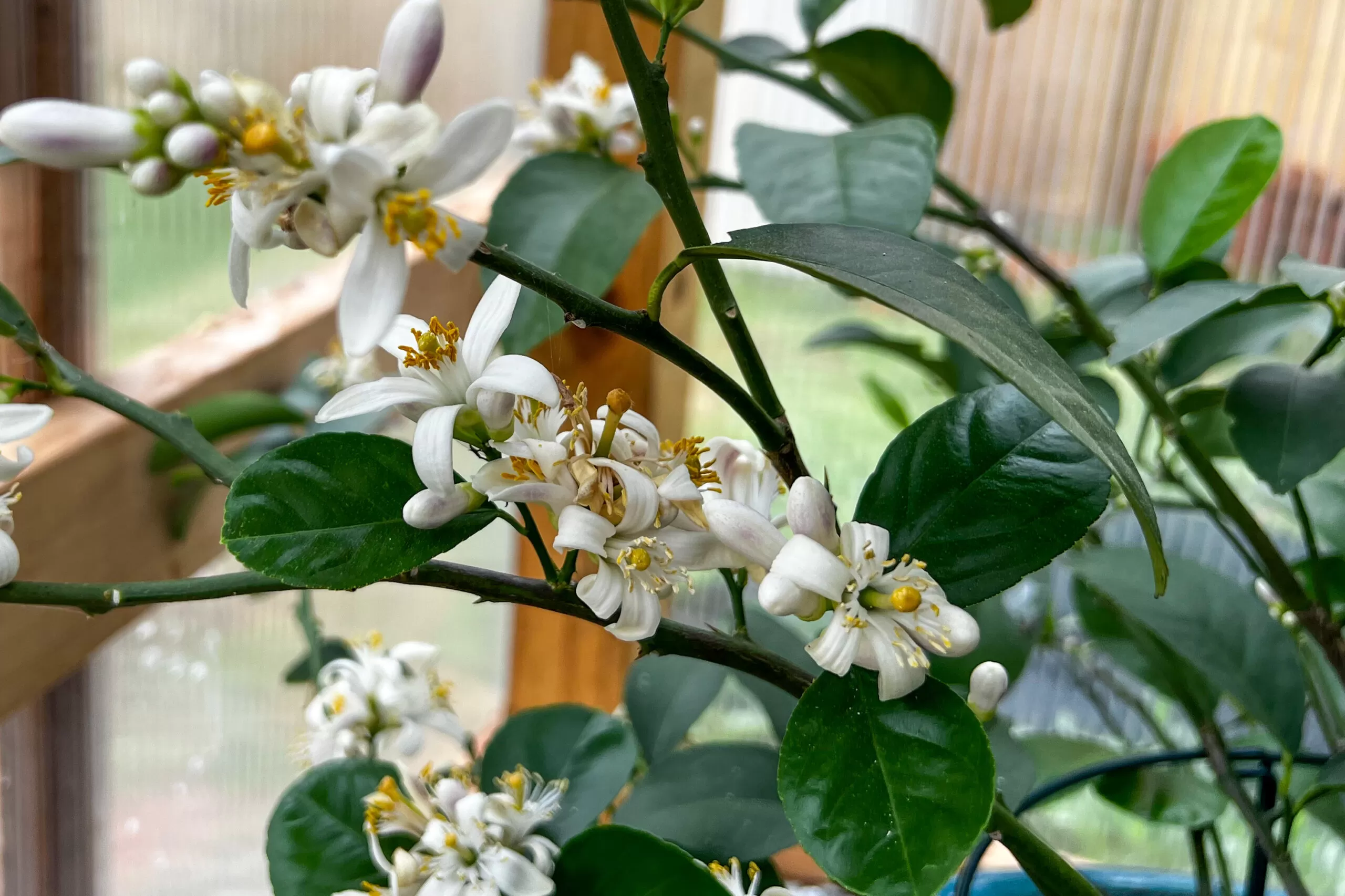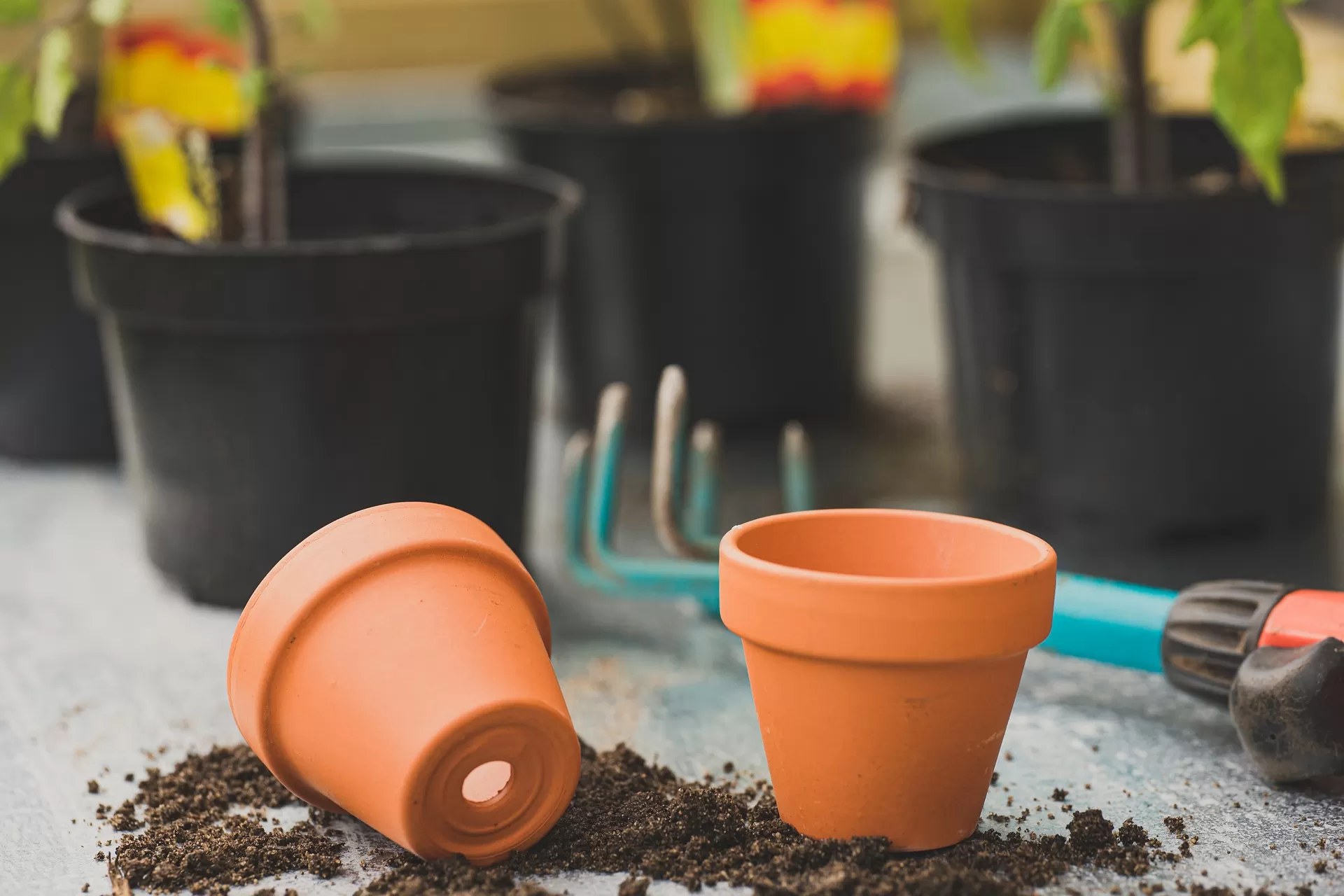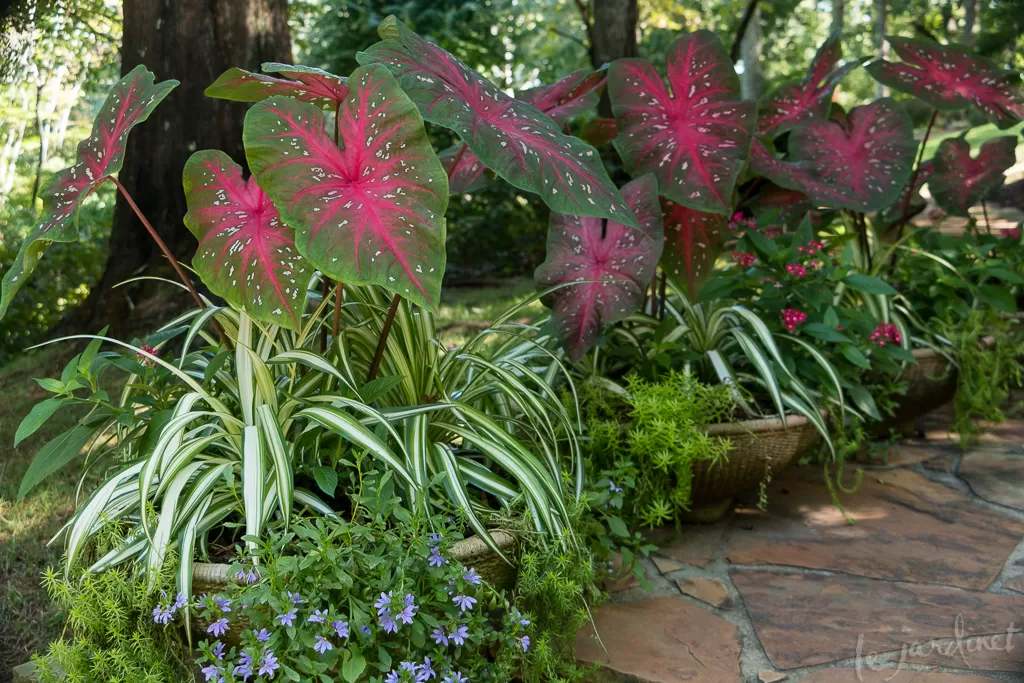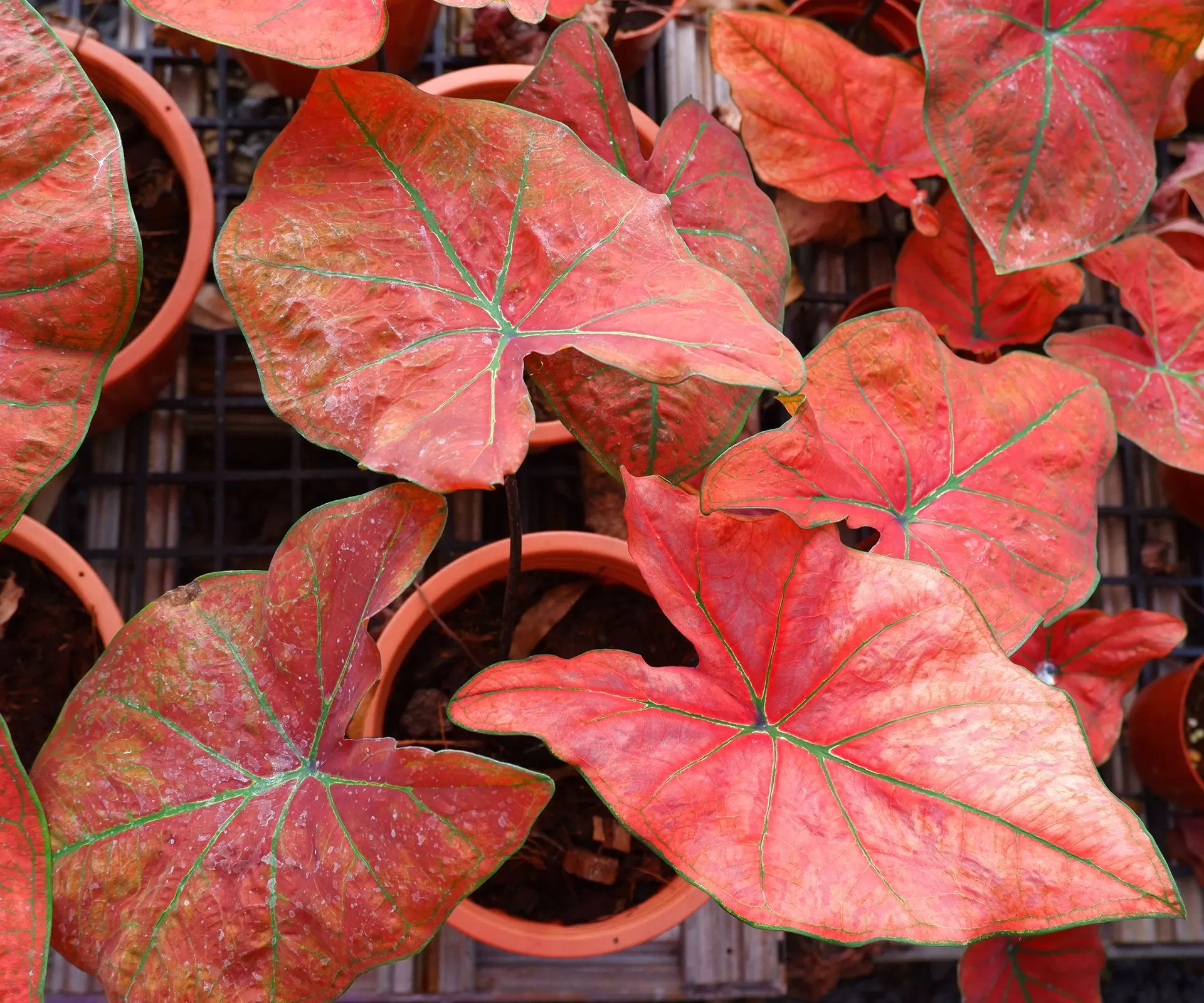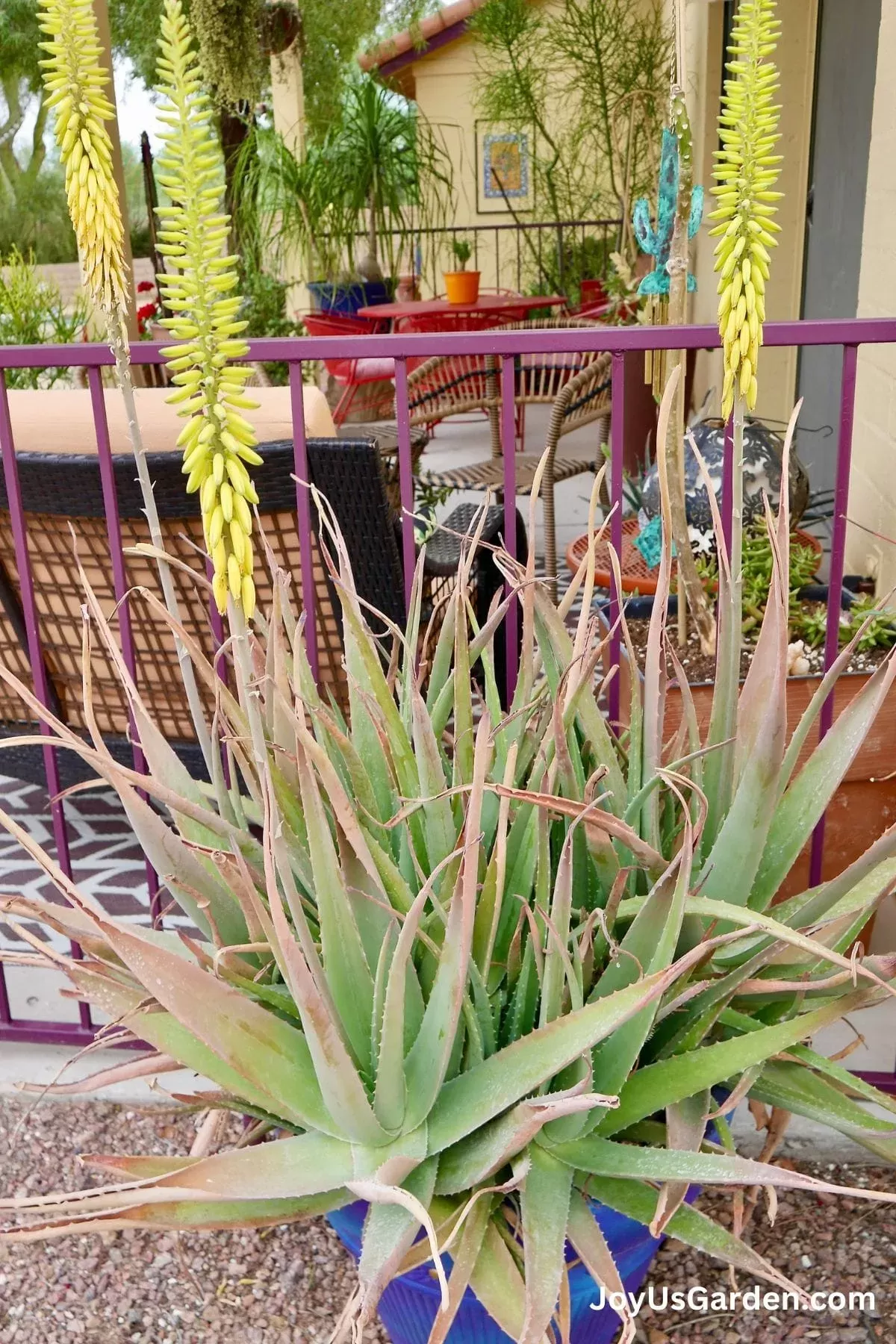- Combat sticky summer humidity indoors naturally.
- Discover houseplants that actively reduce excess moisture and airborne toxins.
- Improve indoor air quality and create a healthier living space.
- Find beautiful, easy-care plants perfect for container gardening in humid conditions.
Summertime brings sunshine, warmth, and… often, relentless humidity. That feeling of thick, heavy air isn’t just uncomfortable; high indoor humidity can contribute to issues like mould growth, mustiness, and can even impact air quality, potentially worsening respiratory conditions. While dehumidifiers exist, wouldn’t it be wonderful to tackle this issue naturally, adding beauty and life to your home at the same time? Enter the world of houseplants! Many green companions are not only fantastic air purifiers but also possess an incredible ability to absorb excess moisture from the air through their leaves and roots. Choosing the best air-purifying containers for summer humidity means selecting plants that thrive in such conditions while working overtime to make your indoor environment more comfortable and healthy. Let’s explore some of these leafy heroes.
Contents
- Why Houseplants Are Natural Humidity Heroes
- Our Top Plant Picks to Tackle Summer Humidity
- Aloe Vera (Aloe barbadensis)
- Areca Palm (Dypsis lutescens)
- Monstera Deliciosa
- Peace Lily (Spathiphyllum)
- Phalaenopsis Orchids
- Aglaonema (Chinese Evergreen)
- English Ivy (Hedera helix)
- Spider Plant (Chlorophytum comosum)
- Making Your Humidity-Busting Plants Happy
Why Houseplants Are Natural Humidity Heroes
Plants engage in a process called transpiration, where they release water vapor into the air, which seems counter-intuitive for reducing humidity. However, some plants also absorb moisture from the air through their leaves, especially in highly humid environments. More significantly, many tropical plants are adapted to high humidity and can help balance indoor moisture levels, preventing the stagnant, overly damp conditions that encourage mould and dust mites. Combined with their well-documented air-purifying capabilities (removing VOCs like formaldehyde and benzene), certain houseplants become powerhouse allies in maintaining fresh, comfortable air during the humid summer months.
Our Top Plant Picks to Tackle Summer Humidity
Selecting the right plants for your home isn’t just about aesthetics; it’s about finding greenery that suits your specific environment and needs. When dealing with summer humidity, these varieties stand out for their ability to thrive and potentially help regulate moisture levels while keeping your air clean.
Aloe Vera (Aloe barbadensis)
Aloe vera is a succulent superstar, famous for the soothing gel inside its leaves. But did you know this adaptable plant is also excellent at cleaning the air, removing common toxins? While succulents typically prefer lower humidity, Aloe Vera is surprisingly tolerant and contributes to air purification which is essential in humid conditions where air can feel stagnant. Its low-maintenance nature makes it a beginner’s dream.
- Scientific Name: Aloe barbadensis
- Common Name: Aloe Vera, Burn Plant
- Zone: 10-12 (typically grown indoors)
- Light: Bright, indirect light
- Humidity: Low to average, but adaptable to some humidity
- Water: Allow soil to dry completely between waterings
 A small Aloe Vera plant with thick, spiky green leaves in a grey pot
A small Aloe Vera plant with thick, spiky green leaves in a grey pot
Areca Palm (Dypsis lutescens)
Often called the Butterfly Palm, the Areca Palm brings a touch of the tropics indoors with its lush, feathery fronds. Beyond its elegant appearance, this palm is celebrated as one of the most effective natural air purifiers, according to NASA studies. It transpires a significant amount of moisture, which in a humid environment can help create a gentle air current and prevent the stuffiness associated with high humidity. They prefer humid conditions, making them happy campers when your home feels a bit thick with moisture.
- Scientific Name: Dypsis lutescens
- Common Name: Areca Palm, Butterfly Palm, Golden Cane Palm
- Zone: 10-11 (typically grown indoors)
- Light: Bright, indirect light
- Humidity: High
- Water: Keep soil consistently moist, but not waterlogged
 A vibrant, bushy Areca Palm filling a corner with its upright green fronds
A vibrant, bushy Areca Palm filling a corner with its upright green fronds
Monstera Deliciosa
The iconic Swiss Cheese Plant, or Monstera Deliciosa, is a design staple for a reason. Its large, fenestrated leaves evoke a jungle vibe and are surprisingly good at managing airborne moisture. Originating from tropical rainforests, Monsteras are well-equipped to handle humid air and their large leaf surface area can contribute to moisture exchange, helping to create a more balanced indoor environment. They are a bold, beautiful choice for improving air quality during humid spells.
- Scientific Name: Monstera deliciosa
- Common Name: Swiss Cheese Plant, Split-Leaf Philodendron
- Zone: 10-11 (typically grown indoors)
- Light: Bright, indirect light
- Humidity: High
- Water: Water when the top inch or two of soil is dry
 A Monstera Deliciosa with large, characteristic split leaves in a pot
A Monstera Deliciosa with large, characteristic split leaves in a pot
Peace Lily (Spathiphyllum)
Peace Lilies are visual communicators – they droop dramatically when thirsty, making care straightforward! These elegant plants with their dark green leaves and white spathes are powerhouses for air purification, tackling pollutants like ammonia and formaldehyde. They also thrive in high humidity environments, absorbing moisture through their leaves, making them effective natural dehumidifiers, particularly well-suited for placement in bathrooms or kitchens where moisture tends to accumulate.
- Scientific Name: Spathiphyllum wallisii (common species)
- Common Name: Peace Lily
- Zone: 10-11 (typically grown indoors)
- Light: Low to bright, indirect light
- Humidity: High
- Water: Keep soil consistently moist; sensitive to tap water chemicals
 A Peace Lily plant with glossy green leaves and a prominent white flower spathe
A Peace Lily plant with glossy green leaves and a prominent white flower spathe
Phalaenopsis Orchids
Orchids, particularly the popular Phalaenopsis variety, are often associated with elegance and tricky care, but they are surprisingly resilient and excellent at absorbing moisture from the air through their specialized roots and leaves. Their ability to take in airborne water makes them ideal for humid environments and contributes to a feeling of coolness. Plus, their stunning, long-lasting blooms are a beautiful bonus in any room needing both air purification and a touch of natural dehumidification.
- Scientific Name: Phalaenopsis spp.
- Common Name: Moth Orchid
- Zone: 10-12 (typically grown indoors)
- Light: Bright, indirect light
- Humidity: High
- Water: Water when potting medium is dry, often by soaking
 Several elegant white Phalaenopsis orchid blooms on a stem in a pot
Several elegant white Phalaenopsis orchid blooms on a stem in a pot
Aglaonema (Chinese Evergreen)
Aglaonemas are perfect for adding a splash of color and pattern to lower light spots. These resilient plants from subtropical rainforests are naturally adapted to humid conditions found under the forest canopy. While primarily known for their tolerance of varied light, their preference for humidity means they can comfortably exist in moister air, contributing to a healthier indoor environment simply by thriving where other plants might struggle. They are easy-care champions that purify air without needing bright light.
- Scientific Name: Aglaonema spp.
- Common Name: Chinese Evergreen
- Zone: 10-12 (typically grown indoors)
- Light: Low to medium, indirect light
- Humidity: Moderate to high
- Water: Keep soil evenly moist, but not soggy
 A colorful Aglaonema 'Pink Star' plant with patterned green and pink leaves
A colorful Aglaonema 'Pink Star' plant with patterned green and pink leaves
English Ivy (Hedera helix)
English Ivy is a classic choice for its trailing or climbing habit and is particularly effective at reducing airborne mould spores, which thrive in humid conditions. It absorbs airborne moisture through its leaves. This makes it an excellent candidate for placing in humid rooms like bathrooms or kitchens. Ensure it gets adequate airflow to prevent powdery mildew on its leaves, another issue sometimes exacerbated by stagnant, humid air. A similar, easy-care alternative is the Pothos plant, which also tolerates various conditions and contributes to air quality.
- Scientific Name: Hedera helix
- Common Name: English Ivy
- Zone: 4-13 (can be invasive outdoors; grown indoors)
- Light: Low to bright, indirect light
- Humidity: Moderate to high
- Water: Allow soil to dry slightly between waterings
Spider Plant (Chlorophytum comosum)
Spider plants are among the easiest and most popular houseplants, partly due to their resilience and prolific production of “spiderettes” (small plantlets). They are also air purification champions, effectively removing toxins like formaldehyde and xylene. While they don’t dramatically dehumidify, their robust air-purifying action is crucial in humid environments where stale air can harbor more pollutants. They absorb moisture vapor through their foliage, contributing subtly to managing indoor air conditions.
- Scientific Name: Chlorophytum comosum
- Common Name: Spider Plant, Airplane Plant
- Zone: 9-11 (typically grown indoors)
- Light: Bright, indirect light
- Humidity: Moderate
- Water: Allow soil to dry slightly between waterings
 A lush Spider Plant with long, arching green and white striped leaves
A lush Spider Plant with long, arching green and white striped leaves
Making Your Humidity-Busting Plants Happy
While these plants are great allies against summer humidity, remember that proper care is key to their effectiveness. Overwatering in humid conditions can actually contribute to too much moisture in the pot and surrounding air, so always check the soil before watering. Ensure plants are in well-draining containers. Placing them in areas with good air circulation can also help. These natural air purifiers and moisture balancers offer a beautiful and sustainable way to improve your home’s comfort and air quality during those sticky summer months.
Embracing these plants is more than just decoration; it’s an investment in a healthier, more comfortable home environment. Bringing nature indoors provides tangible benefits, from cleaner air to a reduction in common indoor air problems like mould.
Ready to green up your home and combat summer humidity? Explore our wide selection of air-purifying plants perfect for creating your own natural humidity control system.


